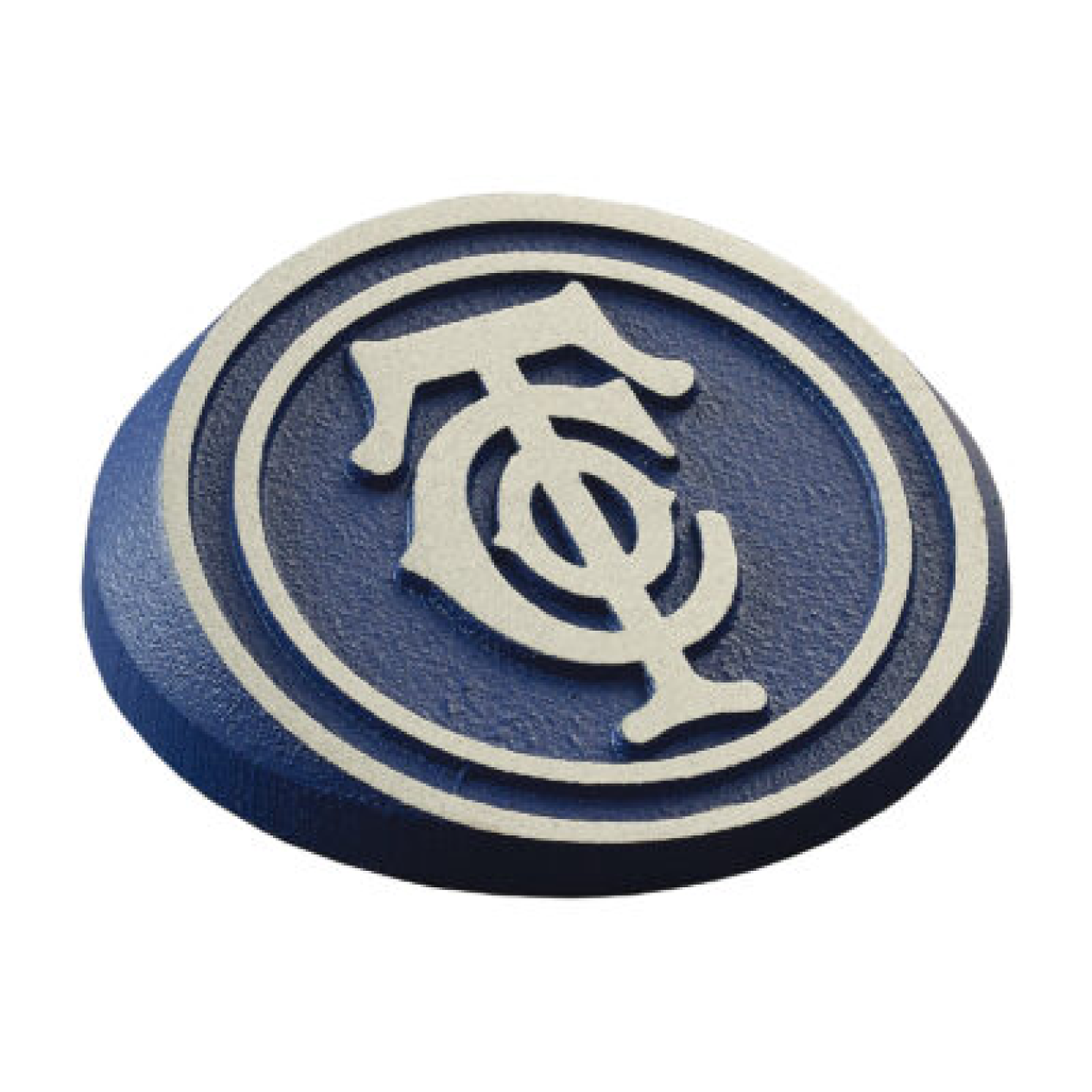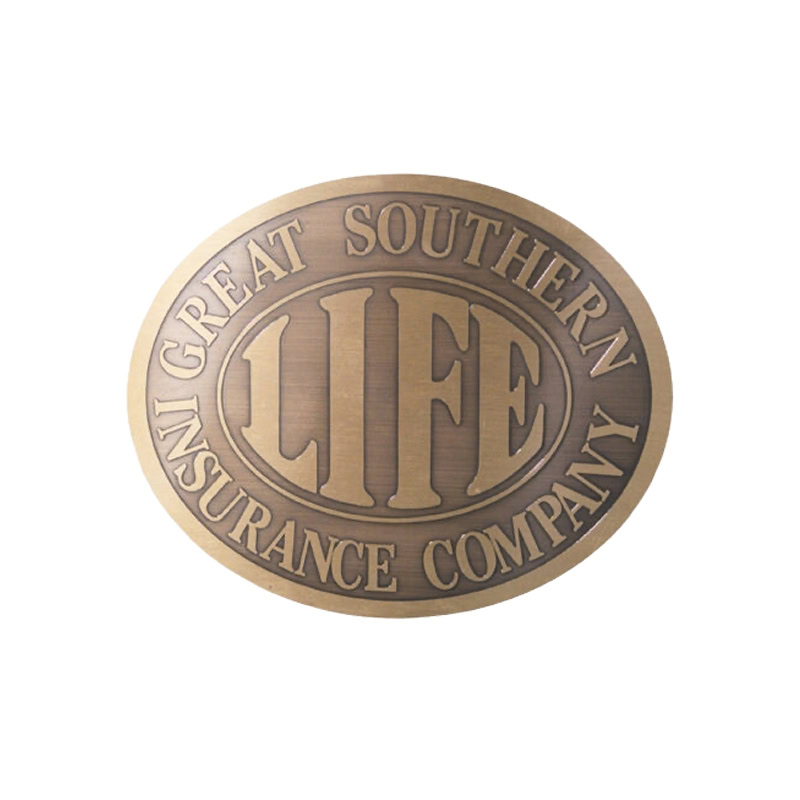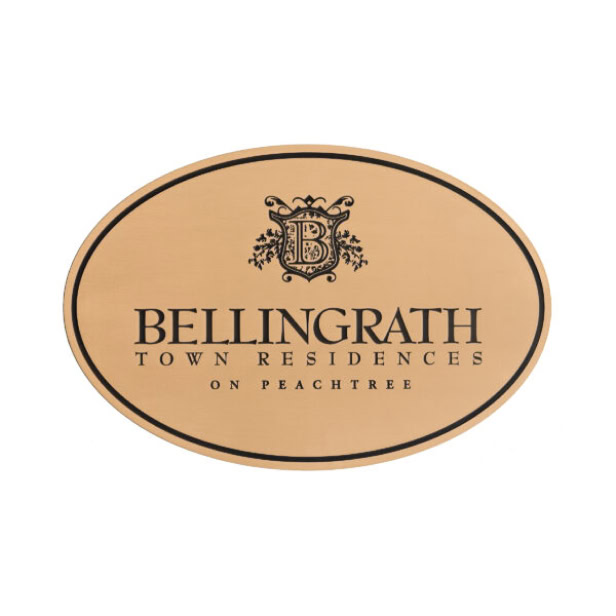Plaques & Plates

Plaques serve a multitude of purposes, from commemorating achievements and milestones to providing information and direction. Available in a variety of materials and customizable to suit any need, plaques are a ubiquitous feature in both public spaces and private settings. This guide delves into the different types of plaques, the materials commonly used to make them, and their broad range of applications.
They enhance the aesthetic of environments, serve educational purposes, and act as enduring symbols of recognition and remembrance.
Engraving and Etching: Allows for precise and permanent messages or designs.
Shapes and Sizes: Plaques can be cut or molded into any shape, offering flexibility in design.
Finishes: From polished to brushed, the finish on a plaque can significantly impact its look and readability.
Mounting Options: Depending on their location, plaques can be mounted on walls, pedestals, or even embedded into walkways.
Bronze: Known for its durability and classic aesthetic, bronze is a popular choice for outdoor plaques that need to withstand the elements. It naturally develops a greenish patina over time, which can add character to the plaque.
Brass: Offering a shiny, golden finish, brass is favored for its elegant appearance. It is particularly popular in formal settings like government buildings and prestigious awards.
Aluminum: Lightweight and resistant to corrosion, aluminum is a versatile choice for both indoor and outdoor plaques. It can be painted or treated to mimic the look of more expensive metals.


